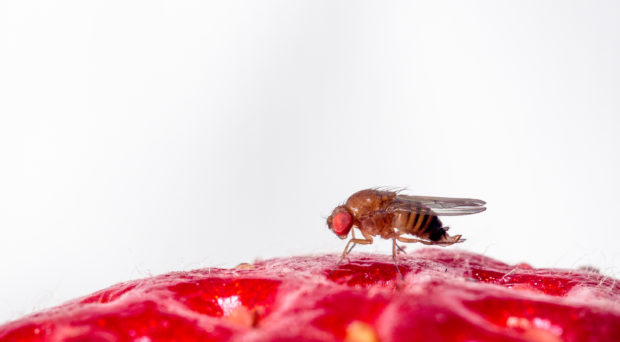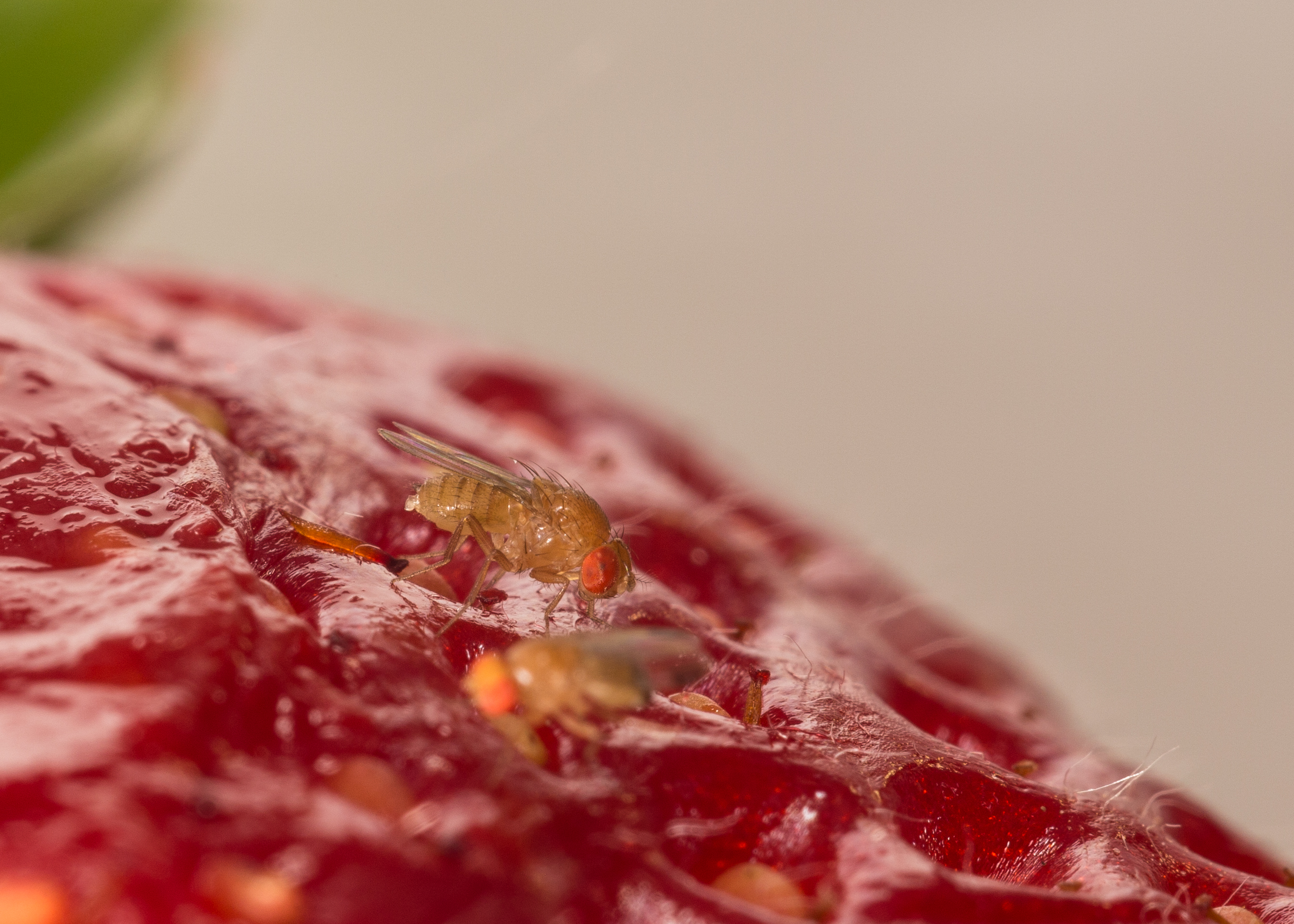
The impressive diversity of animals we see today results from evolutionary adaptations that allow animals to inhabit different types of habitats and exploit different food sources. The ability to adapt to a new food has ecological, evolutionary, and agricultural relevance: many of the world’s most problematic pest species cause extensive agricultural damage precisely because of their ability to exploit new foods. This makes understanding how animals adapt their biology to match that of their food all the more important.
To be able to use a new food, animals need to tune their physiology, their morphology, and their behaviour to match the characteristics of the new food. They need to adjust their physiology so that the nutritional composition of the new food can support their growth and reproduction. They need to develop morphological features that allow them to exploit the new food. Finally, they need to acquire behavioural preferences to find and to choose to feed on the new food.
One way to understand how animals adapt to new foods is to compare two closely related species that differ in their food use. This is especially powerful if we know that one of the two species has evolved to use a new food from within a group of species that share a common food source. Our study uses this approach to compare two species of fruit flies: Drosophila suzukii – a pest species that has evolved to feed on ripe fruit – and Drosophila biarmipes – a close relative that, like the other species in this group, feeds on rotting fruit.

Drosophila suzukii, commonly known as the spotted wing Drosophila, has recently invaded both the United States and Europe. Its spread has devastated crops of soft skinned fruit, including cherries, strawberries and grapes, on both continents. This fly causes such damage by laying its eggs under the skin of these fruits, thanks to a serrated, enlarged ovipositor – the structure female flies use to insert their eggs into food. The larvae then grow inside the ripening fruit, eating the fruit and rendering it unsuitable for human consumption. Its sister species, Drosophila biarmipes, has a more modest ovipositor that cannot penetrate the skin of the fruit. This more modest ovipositor of Drosophila biarmipes is similar to many other Drosophila species, and is thought to restrict most Drosophila flies to a diet of rotting fruit.
Although Drosophila suzukii’s enlarged ovipositor has received considerable attention, this species would not be able to cause such extensive damage if the larvae were unable to use the ripe fruit to support their development. Drosophila larvae, in general, are mostly interested in eating the yeasts that grow on the fruit, as this is their main source of protein. Relative to rotting fruit, ripe fruit has significantly less yeast. Thus, the switch from rotting to ripe fruit represents a considerable nutritional challenge for larvae.
Given this, our study explored the differences in the nutritional requirements between the larvae of both species. We found that Drosophila suzukii larvae required less protein for their growth and survival than did their close relative, Drosophila biarmipes. This was reflected in their feeding patterns; Drosophila biarmipes larvae consumed more protein than Drosophila suzukii. Furthermore, when offered a choice between protein rich and protein poor diets, Drosophila biarmipes larvae showed a stronger preference for protein rich food than Drosophila suzukii larvae.
The above video, taken by Cláudia Mendes, shows a Drosophila suzukii larvae being found inside a ripe cherry.
We next explored whether the adult females differed in their choice of where to lay their eggs. Unlike the larvae, adult females of the two species did not differ in their preference for egg laying. Rather, we found that females differed in their preference for the hardness of the egg laying substrate. While Drosophila biarmipes females laid eggs only in the softest food, Drosophila suzukii females showed no preference for substrate hardness. This demonstrates that while larvae use nutritional cues to determine their preferences of what to eat, adult females use cues related to the physical properties of the food to determine where to lay their eggs.
Our study illustrates how a simple shift in food use, from rotting to ripe fruit, involves adaptations of several traits across both larval and adult life stages. Importantly, they highlight how studying a single adaptation will provide a limited picture of how animals come to exploit new foods. Rather, studying the suite of traits involved in adapting to new foods will provide greater insights into how animals evolve new food preferences and how these traits potentiate the emergence of new pests.
Comments